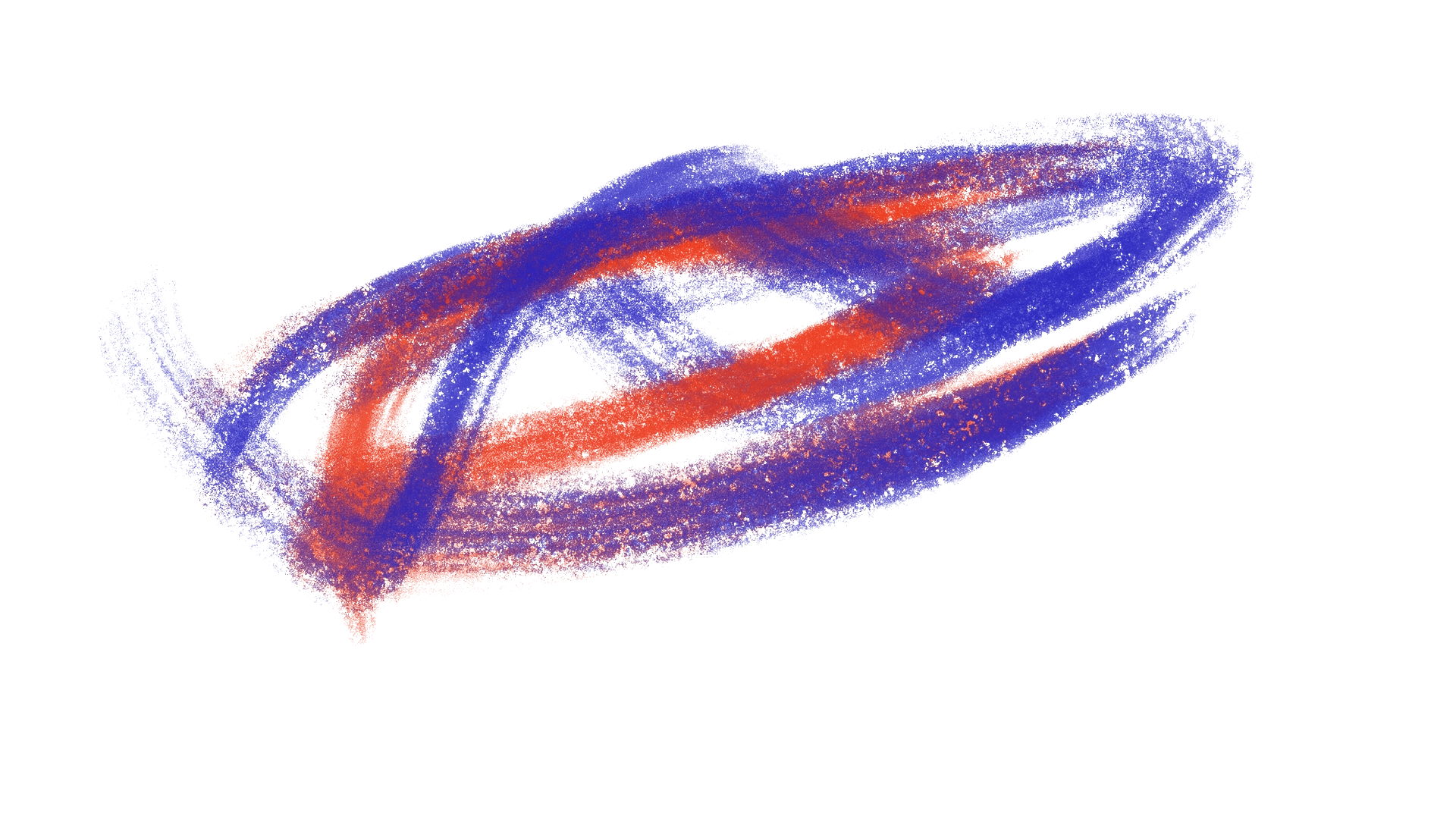







































concept & storyboarding
I was responsible for most of the blocking/ storyboarding for the piece under the guidance of Ignacio Osario from the CNN London team. We knew from the start that we wanted to play in the realm of the abstract since the story is really about her internal struggle more so than anything else.
daze animation: reference creation



animated brush strokes recording

composing music
BipSync Explainer Video
A collaboration with director Sean Scanlin and Bipsync, I animated this explainer video to introduce the world to a radical new financial platform, Bipsync.

main visualization





styleframes
Analysis UI Animation
For the facial analysis I designed some data elements for the eyes, nose and mouth to convey that they were being scanned to create the deep fakes.
Visualization B
This segment was designed to illustrate how the computer analyzes a group of photos so it can then map the corresponding face to the one that’s already there.
final video
astronaut animations
My first task on the project was to finalize the rocket that takes off during the title sequence. We sourced a model of both the Dragon capsule and Falcon boosters but the need to put our astronauts in such close quarters lead to a backslide of geometry modifications to the interior. I modified windows and merged the separate interior & exterior models. After pushing some polys around the astronauts had enough room to begin animating.
I had seen C4D’s Motion Clip system used in a SIGGRAPH presentation but I had no experience working with it myself until now. Loading different animations from Mixamo and blending them together was surprisingly fun and easy once I got the hang of it. Each astronaut starts out with different sitting animations to give them unique personalities. As the rocket travels into space, I blended a second animation with some underwater swimming animations to create the appearance of zero gravity.
rocket launch simulations
Time to simulate a rocket launch. With the astronauts animated, I could change focus from the interior to the exterior. Using X-Particles 4 and the new Explosia toolset, simulating a convincing rocket takeoff wasn’t too hard. The difficultly lie in the scale. This rocket needed to travel alot of distance very quickly so the size of the solver box was massive. Getting enough resolution on the simulation without spending hours on each simulation was the biggest headache, but ultimately I found a happy medium that still looked convincing.
space colony design, modeling & texturing
The space colony was probably the most ambitious shot of the whole piece. Looking at several ringworlds for inspiration, we came up with a design that was supposed to feel epic yet inviting. I really started feeling the design once we decided to start out underground. In VR it proved necessary to have elements closer to the camera to give a sense of scale, as otherwise everything in the scene felt too distant to immerse the viewer. The subterranean section, surrounded by a nest of elevator shafts and pedestrians, allowed us to reveal the main vista with dramatic effect.
With the design figured out, I animated as many elements as possible and worked in conjunction with Melody Shih to create textures for the rural ground section and the buildings that flanked it. From the animated silhouettes around the basement to the transport rails darting above ground, there were a ton of small details that brought the area to life. Lighting and texturing then proceeded until every element felt cohesive.
League of Legends: Riot Honor Intro
League of Legends: Riot Honor Intro (Loop)
Here is the infinite looping version of the animation that plays while users have the login screen up.




















Noodle: Vulcan Explainer
Qualcomm Snapdragon: You Deserve AR Spatial Computing









Qualcomm Snapdragon: You Deserve Mobile Computing







Qualcomm Snapdragon: You Deserve Camera







Qualcomm Snapdragon: You Deserve Gaming




Instagram Scroll visualization
Product Listing visualization
amazon global visualization










Can Amazon Afford to Get Into the Ad Business? (full video)
Main Title Sequence
Our Driverless Future: In-Episode Visualization Montage























Full Video: Our Driverless Future: City of Tomorrow
PAUSEFEST: 2021
The troubles we face require uncommon courage. Yet, that courage exists in all of us, made stronger by unity and sparked by even the smallest will to action.
Our film depicts a barren world, burdened by a storm. Amid the harrowing winds and roiling clouds, a few bold figures stand against it, defiant. They're left only to face the elements, to summon the will to change this world, and usher a new day.
Credits:
Client: Pause Fest
Producer: Liam Quinn
Creative Director: George Hedon
Production: Mill Direction
Director: Austin Marola
Producers: Morgane Moulherat & Janel Naumann
Editorial: The Mill
Editors: Charlotte Carr & Al Benoit
VFX Production: The Mill
Producers: Morgane Moulherat, Janel Naumann & Bhawesh Upadhyay
VFX Creative: The Mill
Creative Director: Donnie Bauer
Art Director: Austin Marola
3D Lead Artists: Austin Marola & Tyler Scheitlin
2D Artisst: Alex Koester, Kai Chun Tsai & Justin Keil
3D Artists: Devin Hayes, Justin Weiss, David Nelson, Shawn Li, Ewan Davidson, Greg Mawicke, Dan Yargici, Todd Akita, Stefan Kang, Siva Prasad, Donnie Bauer & Akavaram Arun Kumar
Finish Artist: Matthew Dobrez
Design: Anastasia Kharchenko
Additional: Body Scans by 3dscanstore
Colour: The Mill
Colourist: Oisin O’Driscoll
Executive Producer, Colour:
Colour Producer: Cameron Aper
Colour Assist: Cassie Benedict





Evolve: Taste: Vanilla



Evolve: RTB: Vanilla


Evolve: Taste: Chocolate




Evolve: Taste: Berry


Evolve: Discover: Mocha




Evolve: Discover: Chocolate





satoshi nakamoto: full sequence
Satoshi Nakamoto: Behind the Scenes
This project began as my first true project using Octane as a render engine. I wasn't too familiar with C4D even back then. I thought it could use an update if it was going to stay in my portfolio as I've learned alot since then. Here is a brief glimpse into the lifecycle of this project.
















Pepcid Commercial
animation

This is an test image




styleframes
Workflow Time Lapse
A time-lapse of the environmental sculpting in ZBrush. The smooth organic forms of the lava couldn’t lend themselves more to that program, and thanks to Jonas Ronnegard for some great lava brushes from Artstation

Black and White Sketches
I bashed together reference in Photoshop that’d I found for African architecture and volcanic forms. Once I was happy with the monotone compositions then I moved to color, and then begun translating that into the third dimension in ZBrush.



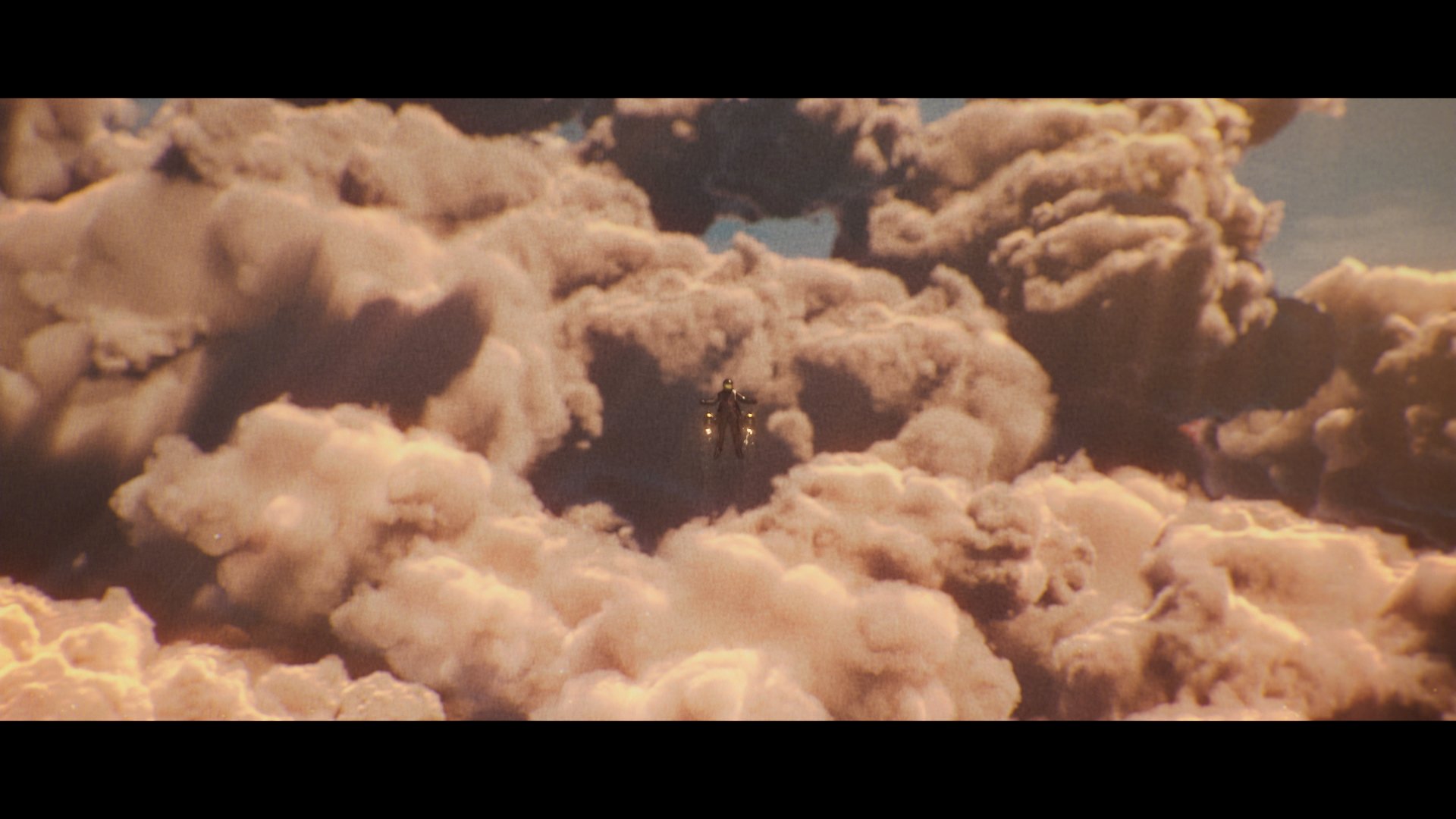
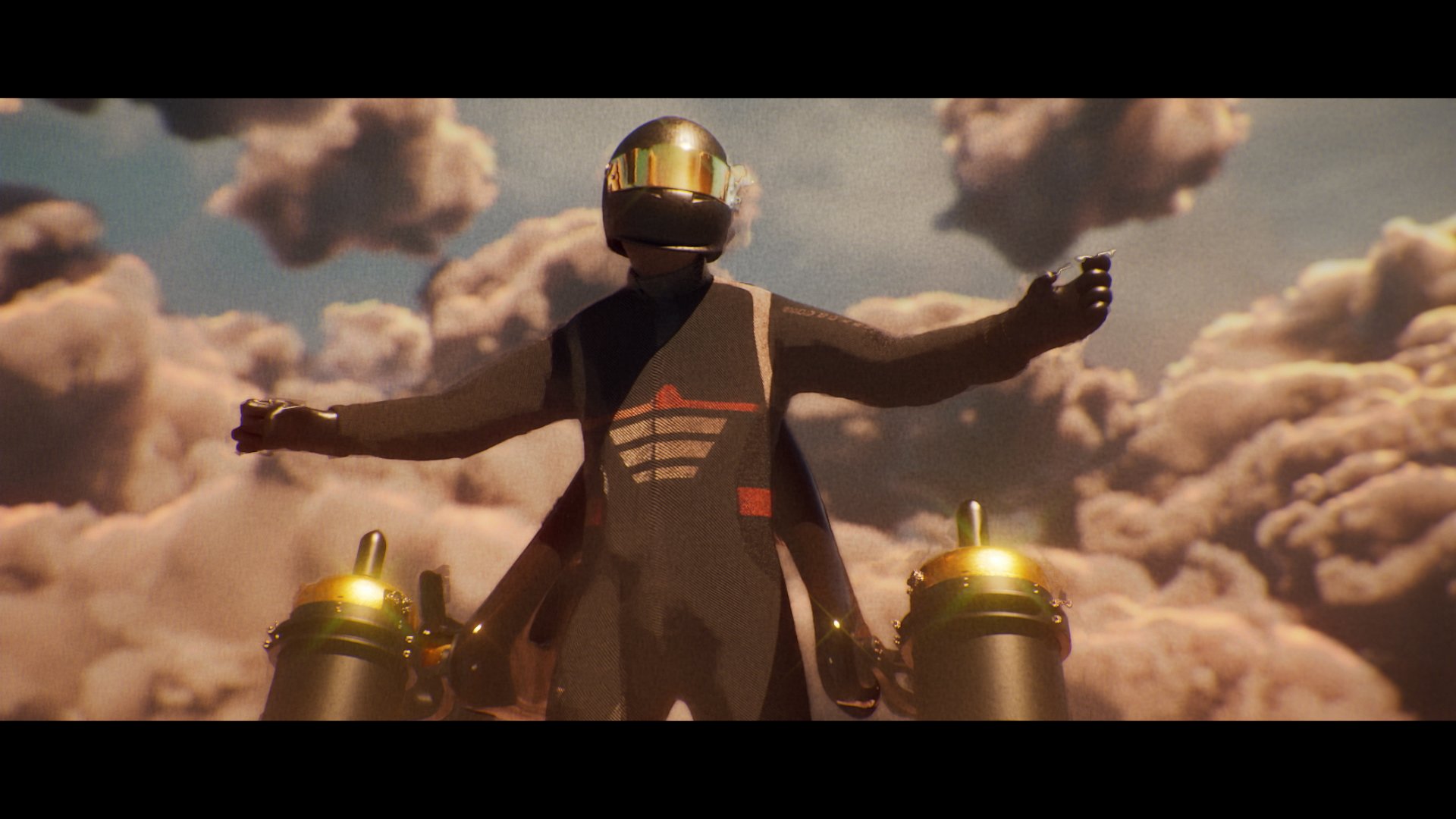
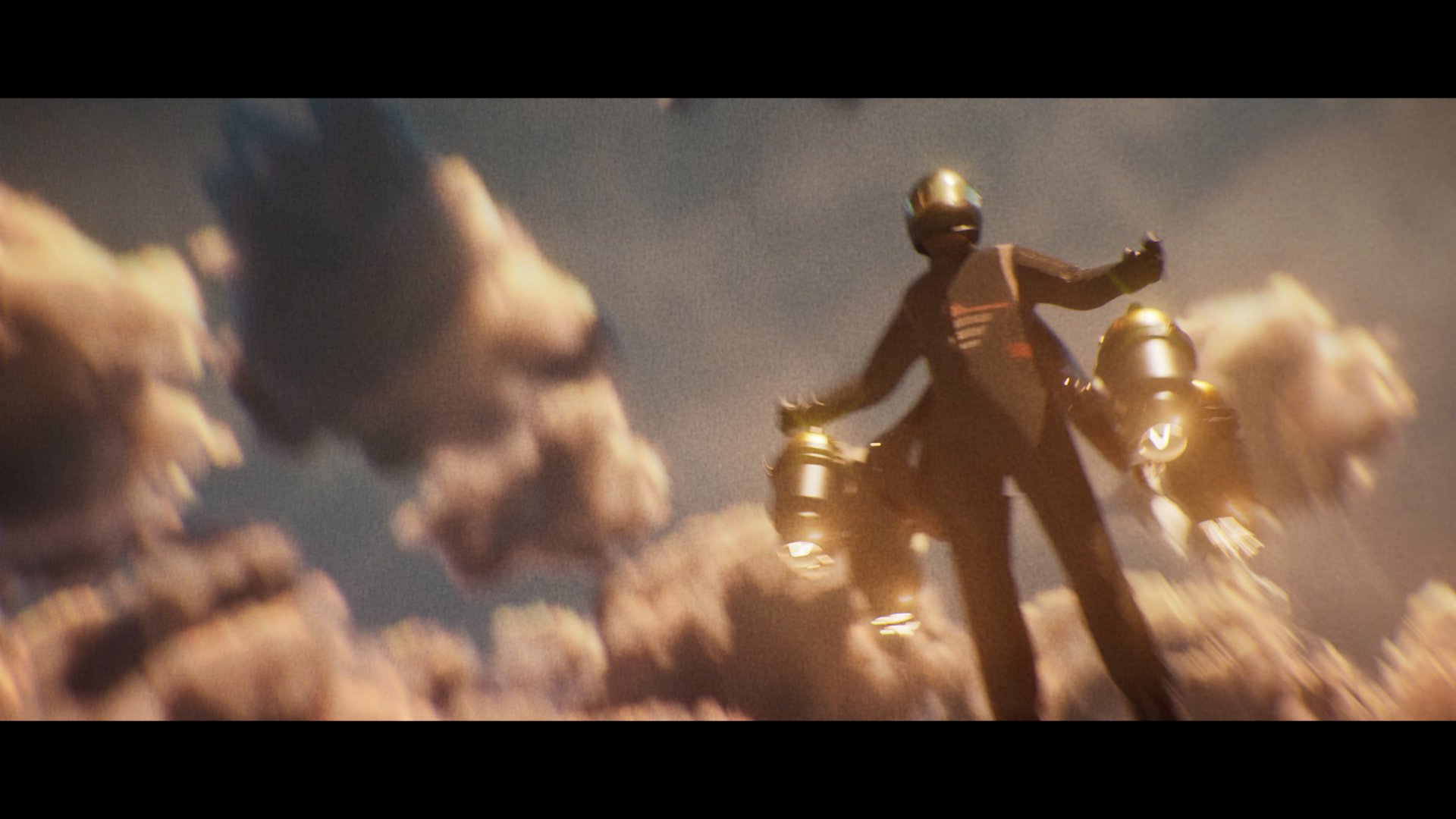
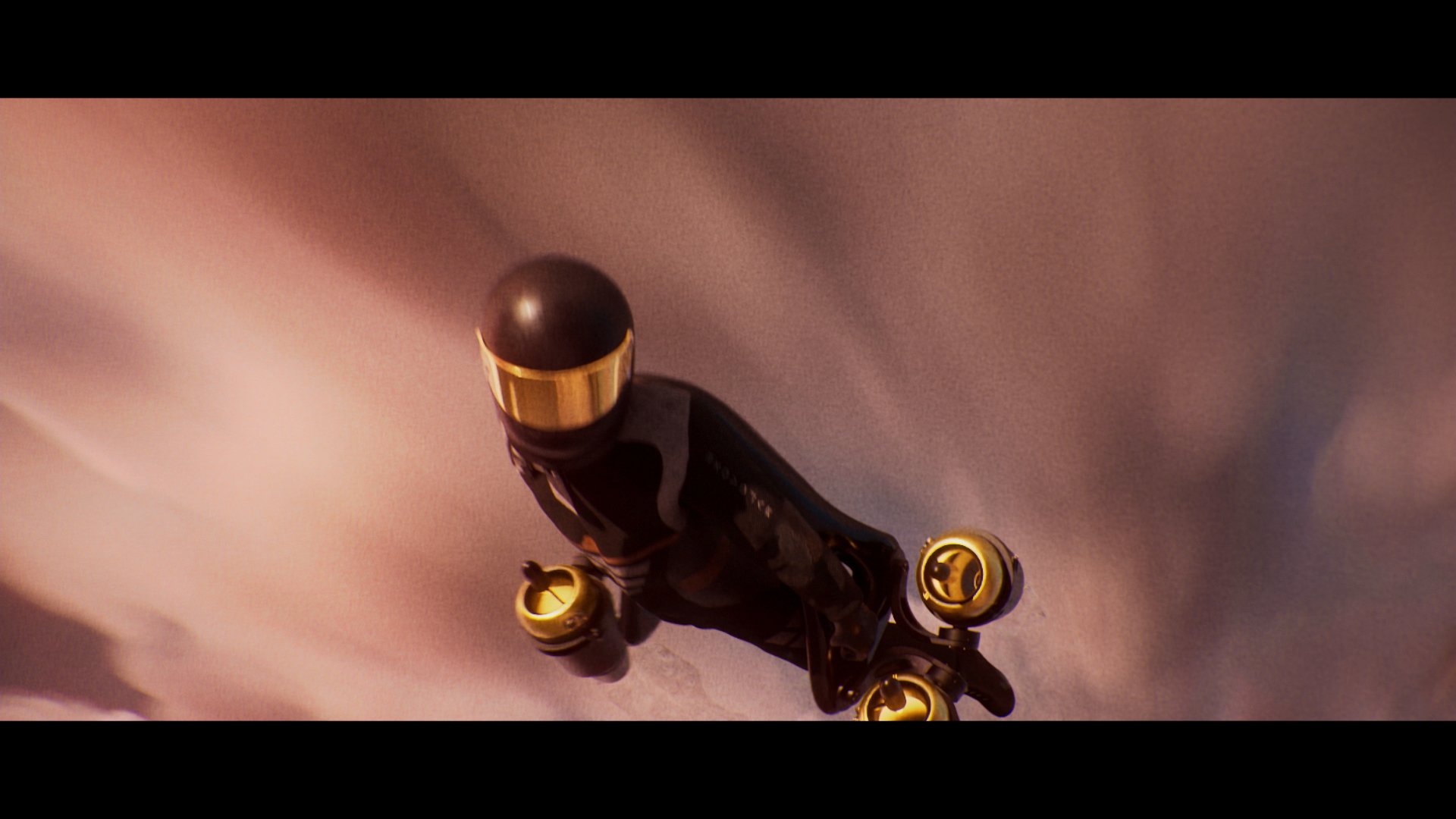
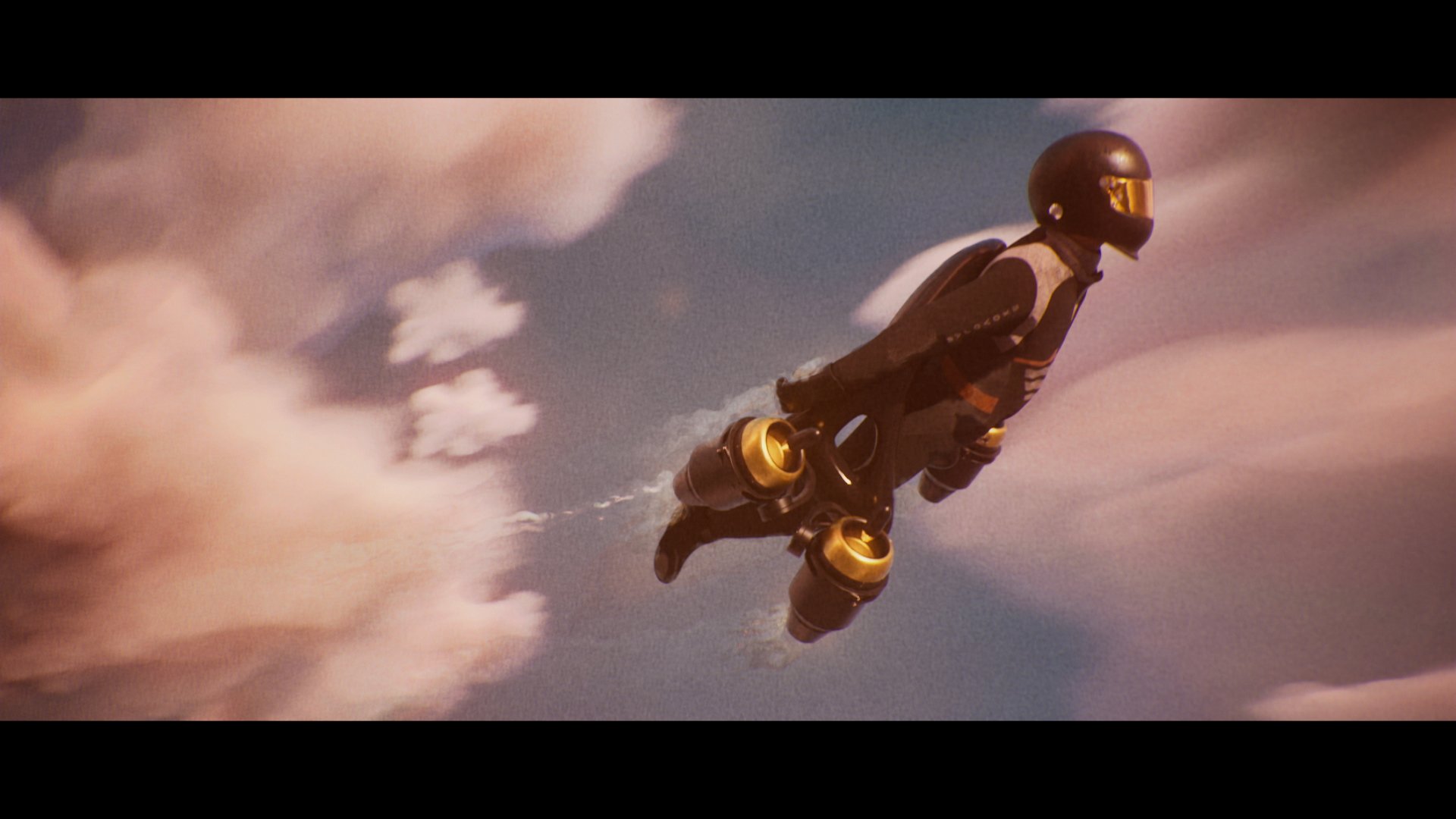

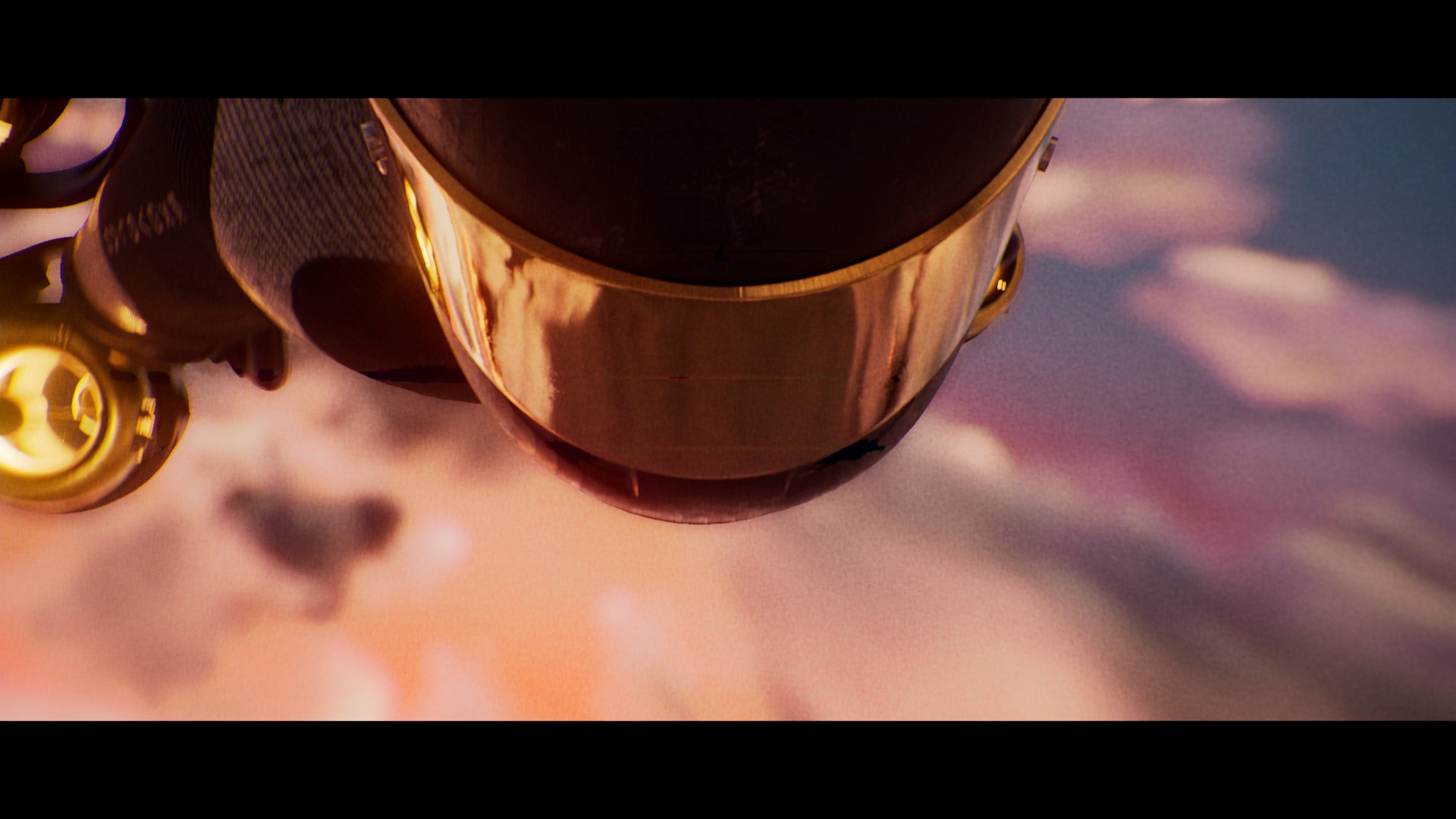
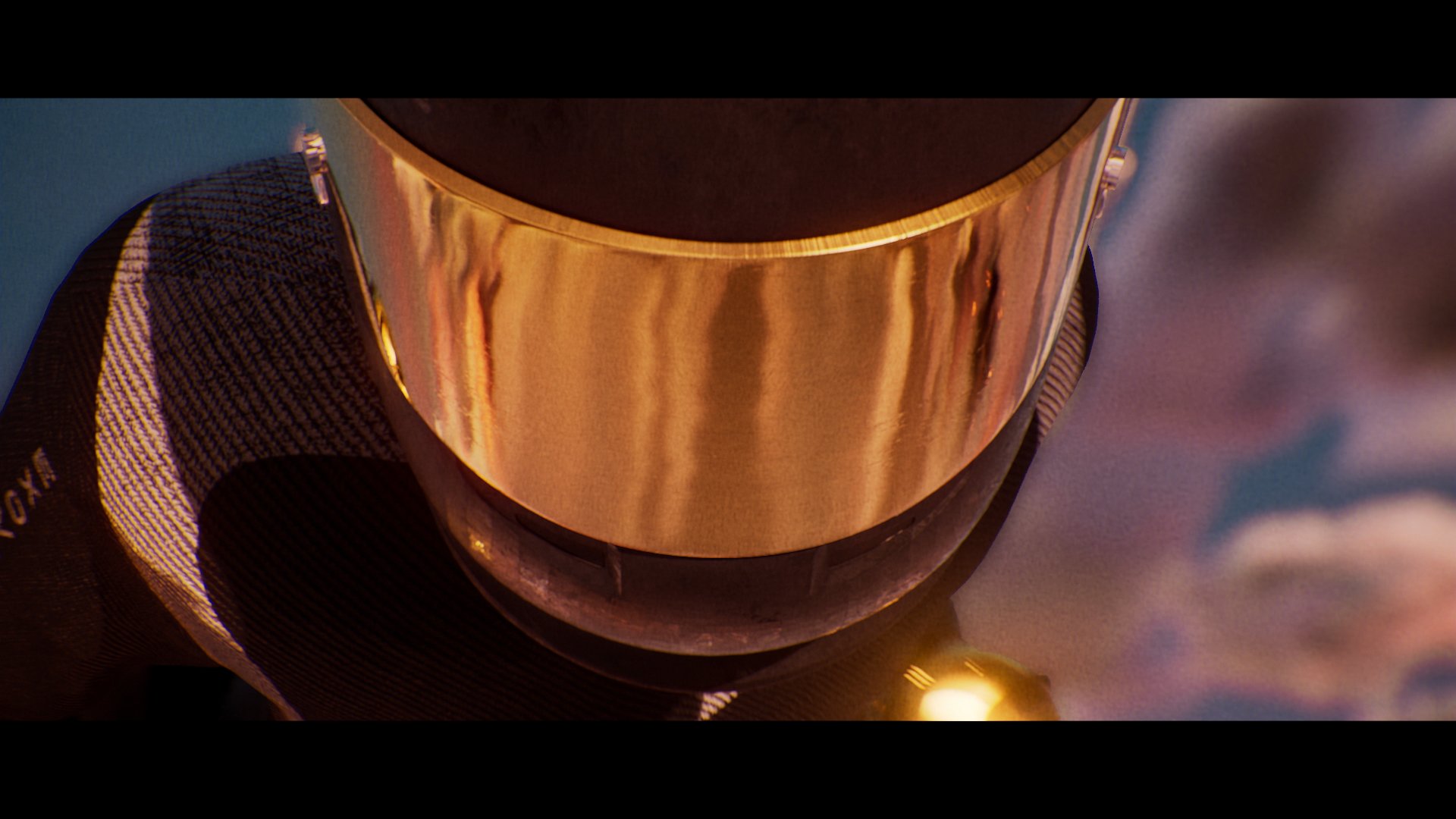
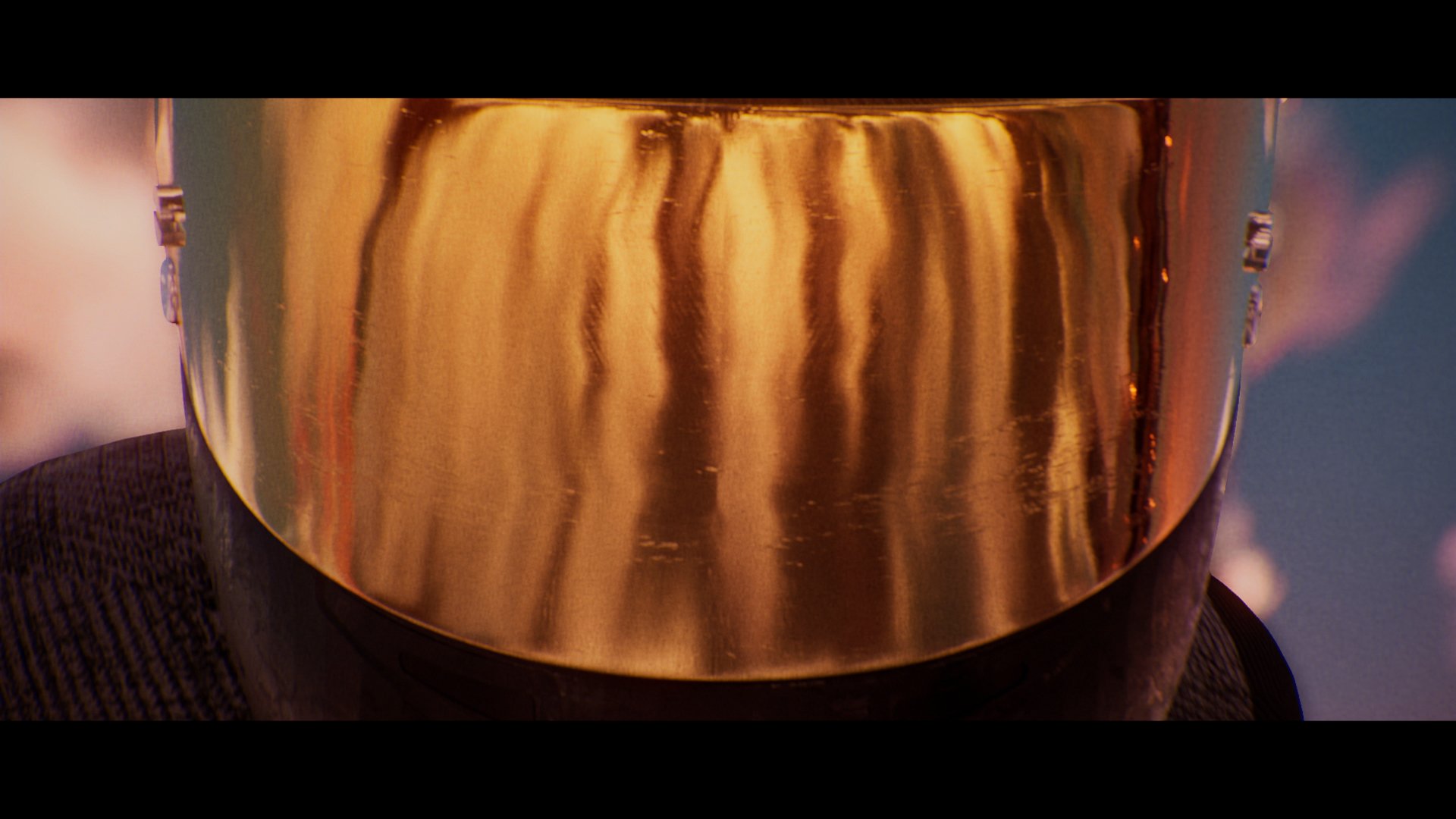
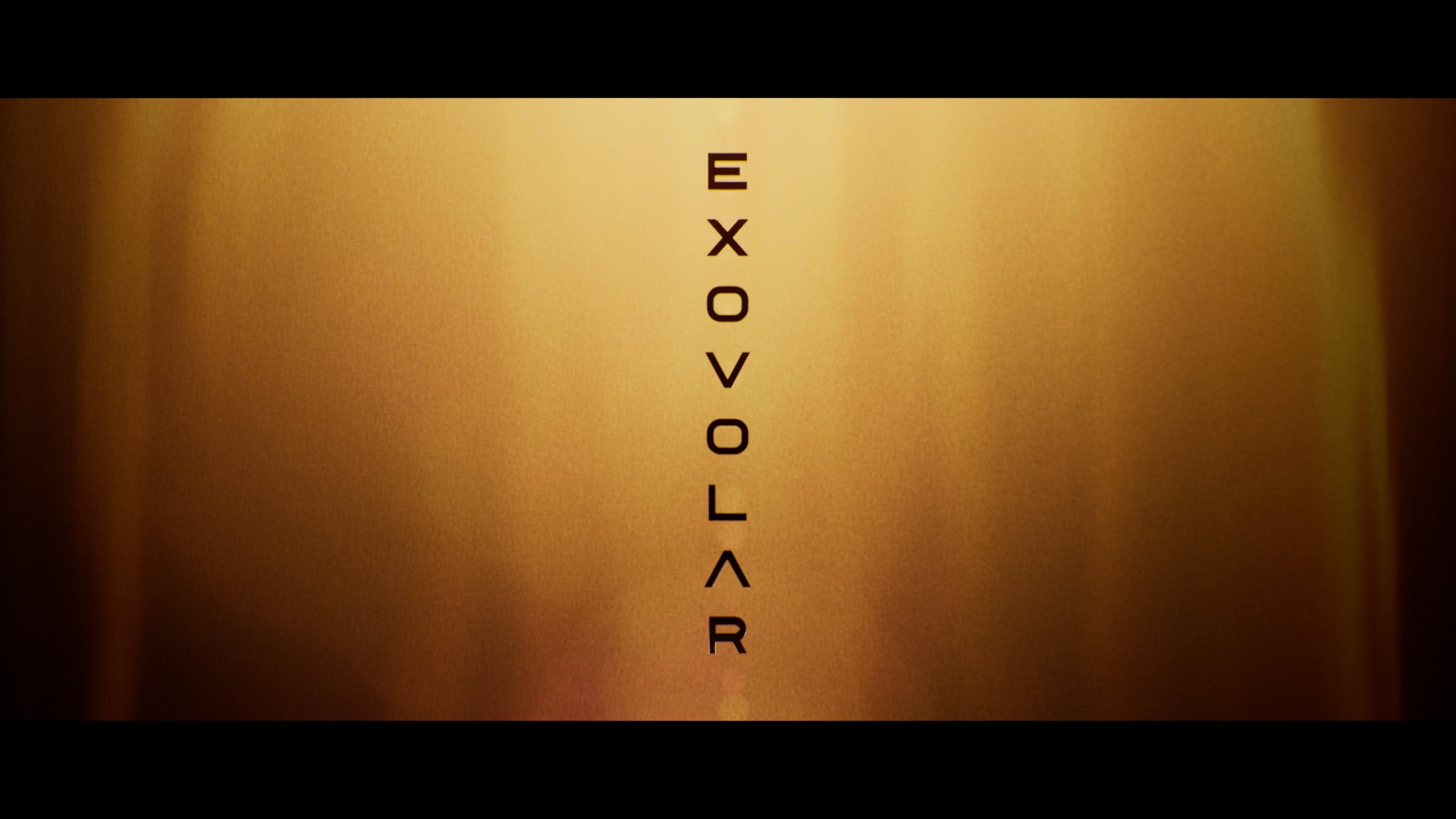
Final Video

storyboarding concepts
As the first step in the pipeline, we knew the storyboard had to be air-tight if the rest of the piece had any hope at being good. We knew from the start that the piece would play in the abstract but the more concrete pieces like how we represented Patience and other characters took a while to sure up.



styleframes
Here are several styleframes I created to nail down a target look for the cell animation phase. Our style evolved throughout production but the brush selection used and the painterly quality remained.
daze pattern exploration
Knowing that the piece would be cell-animated in the end, I wanted to use 3D to create reference that would defy what people expected from hand animation. We knew in the beginning of the piece we wanted to convey Patience’s confusion in an abstract way so I started exploring with different patterns to that effect. What I ended up doing was using MoExtrude on a glass sphere to create a distorted lense. I created several different animated patterns and mapped them to the HDR sphere so that that we had an environment on all sides that the glass sphere could distort. I put the camera right in the middle of the sphere and tried different combinations: MoExtrude settings on the glass and different patterns on the environment. Once I started getting patterns that felt unique, I felt like we had something that we could use.
3D execution exploration
From the beginning of production we knew we wanted to do a project that merged 3D and cell animation. My partner Curtis Brown and I had varying skillsets, and this was a way to merge them, but it was also a chance to do something unique. I tried my best to come up with 3D alternatives to having to do tedious cell animation. There were several reasons for doing this: mainly the ability to stay modular, the ability to animate the UV textures on objects and a more high-fi aesthetic to the end result. At the end of the day we didn’t have time to take these tests all the way to the finish line so we decided on cell animation, but here is a look at how we planned on using animated brush textures and UV mapping to come up with some interesting looks.
3D Reference Animation
Once we had the storyboards, I needed to build the piece in 3D essentially In the span of 2 weeks I essentially built the piece, including: simulating balloons morphing into flowers, posing and animating Patience, stitches transforming into birds, etc. There were alot of fun 3D challenges like cloth physics, softbody physics, Xpresso and character animation.
Octane Toon shading helped break apart the lighting and texture information into different layers without needing the artists to do any guesswork. We got the CG to a point where with a little imagination animators tracing it would have a solid road-map.
Life After: 3D Render Test
Though we went with a 2D, handdrawn style for the final video, it was based on a skeleton of 3D animation I created which the animators painted over. I wanted to see what this 3D animation would look like as a final product, so once the project was complete I went back and blew out my favorite section.
Cell Animation Process
Once we had the reference made, it was all hands on deck. Cell animation is a slow, tedious way to make images move so it took the help of people throughout CNN to help get the work done. Once we had elements, I composited them in After Effects, relying on the under-utilized Colorama effect.
Though no one really uses it these days, in this situation, it allowed me to draw out the opacity variations in the brush strokes and map them to a gradient. This allowed us to juice alot of sophistication out of each element, complimenting the main color with secondary, and even tertiary gradients. The final product benefited from a look that was more painterly than digital.
music & sound design
Once we had the VO track locked and finalized, I wrote a score for the piece using Ableton Live 10. I used synthesizers as an homage to the nightclub in the story and tried to let music explain Patience’s emotional states without words.
Xfinity: Winter Olympics: Red








Xfinity: Winter Olympics: Blue








Xfinity: Winter Olympics: Purple







































